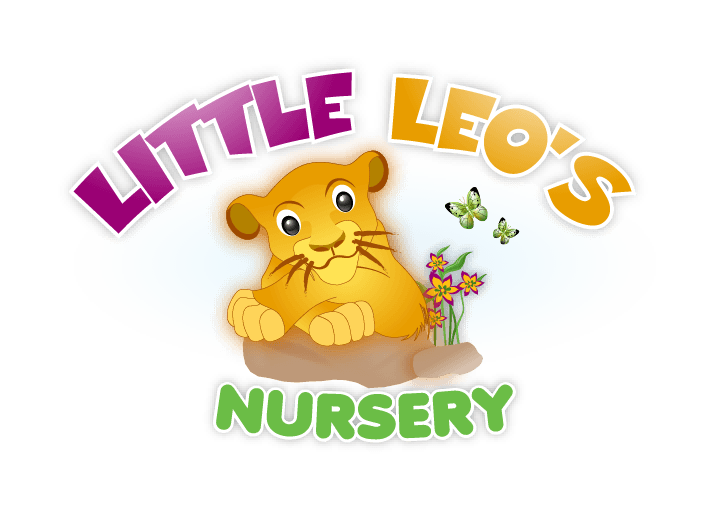
Cultural Capital From September, educational settings are to be inspected using a revised Education Inspection Framework (EIF). Within this new framework, the term ‘cultural capital’ has been introduced. All settings will now receive a judgement about the quality of education offered, determined by how well the curriculum provides children with cultural capital. The term is defined as the ‘essential knowledge that children need to prepare them for future success’. Settings have a key responsibility through their teaching and learning intentions to make a difference for all children in order to help them ‘experience the awe and wonder of the world in which they live, through the seven areas of learning’ (Ofsted 2019). Cultural capital is about widening children’s experiences and offering them opportunities that they would not have if they were not attending our setting. We tend to try and help to motivate and interest children by starting with real-life, first-hand activities and experiences. For example, we might take the children to the local supermarket or walk them to the post office to post a letter or even giving them the opportunity for them to plant their own fruits and vegetables.
| Image Gallery |